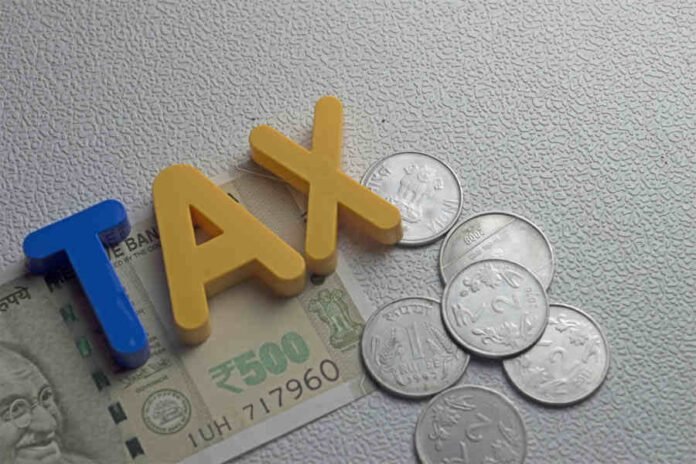Finance Minister Nirmala Sitharaman had announced to increase the scope of income tax for individual taxpayers in the budget speech of 2023-24. The income tax bracket was increased from Rs 5 lakh to Rs 7 lakh (under the new tax regime). During this period, the super rich tax was reduced to 37 percent. At the same time, the facility of live encashment for retired employees was increased from Rs 3 lakh to Rs 25 lakh.
Default was made to the new tax regime last year
The new tax regime has been defaulted last year. The new tax system was implemented by the Central Government from April 1, 2020. In the new tax regime, new tax slabs were created but all the deductions and exemptions available in income tax were abolished. Since independence, the country has seen many major changes in the matter of income tax. Let us know about them.
In 1947, income of Rs 1500 was tax free.
The first budget of independent India was presented on 16 November 1947. It was introduced by the country’s first Finance Minister RK Shanmukham Chetty. Although in a way it was a review report of the Indian economy. When the country’s first budget was presented, income up to Rs 1500 was tax free in the country. In the budget presented by the Modi government in 2023, this limit was increased to Rs 7 lakh (under the new tax regime).
Married and unmarried people had to pay different taxes
In 1955, to increase the population, for the first time in the country, separate tax free incomes were kept for married and unmarried people. Under this, married people did not have to pay any tax up to an income of Rs 2000. At the same time, for bachelors this limit was only Rs 1000.
India becomes the first country to give tax exemption on increasing population
In 1958, India became the only country in the world to give income tax exemption based on the number of children. If you were married and did not have children, you did not have to pay tax on income up to Rs 3000. But, income of Rs 3300 for individuals with one child and Rs 3600 for 2 children was tax free.
Tax of Rs 97.75 was levied on every Rs 100 earned.
The income tax rate in India was the highest in 1973-74. At that time the maximum rate of income tax collection was made 85 percent. Including surcharge, this rate reached 97.75 percent. After an income of Rs 2 lakh, out of every Rs 100 earned, only Rs 2.25 went into the earner’s pocket. The remaining Rs 97.75 was kept by the government.



